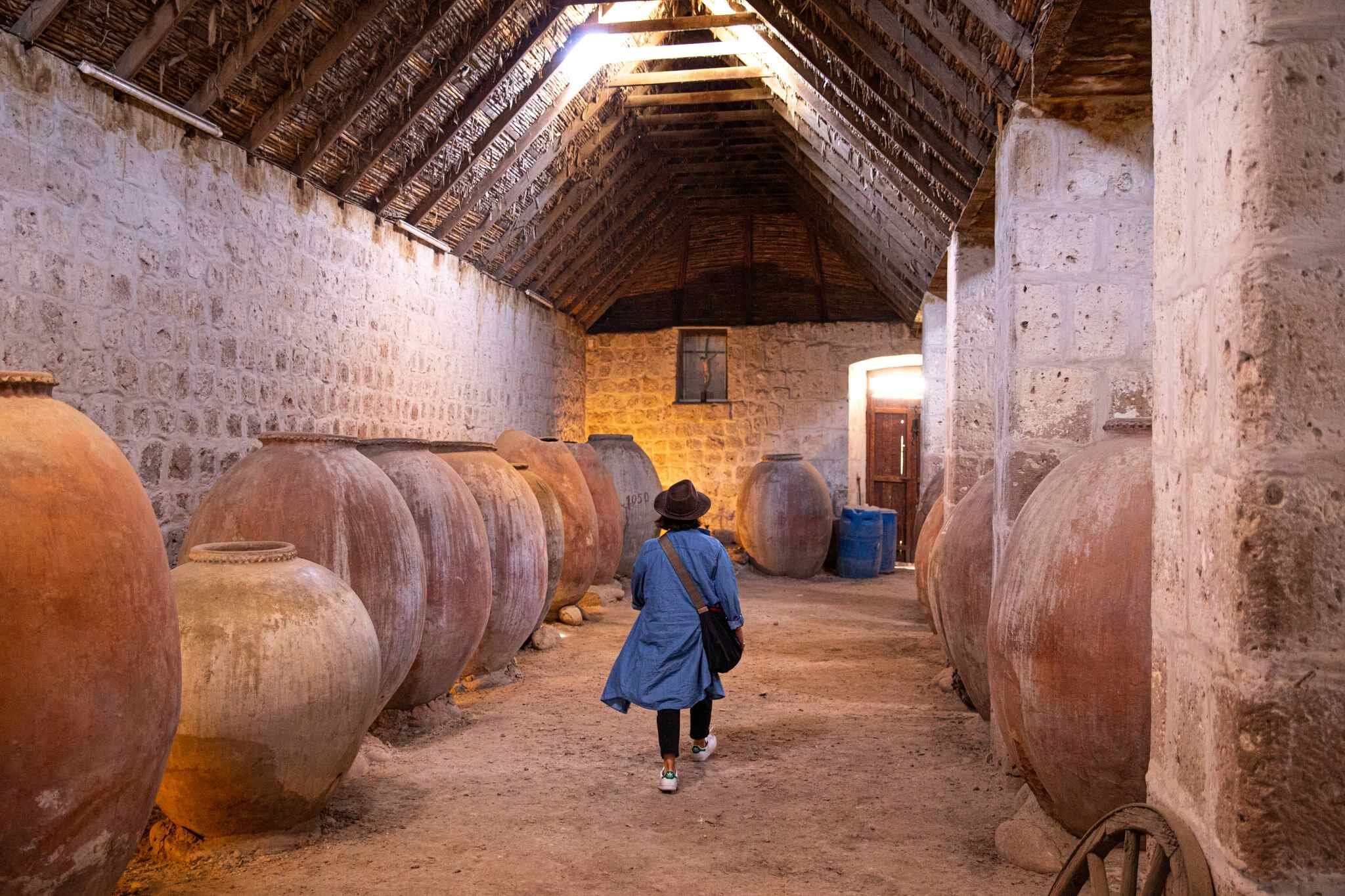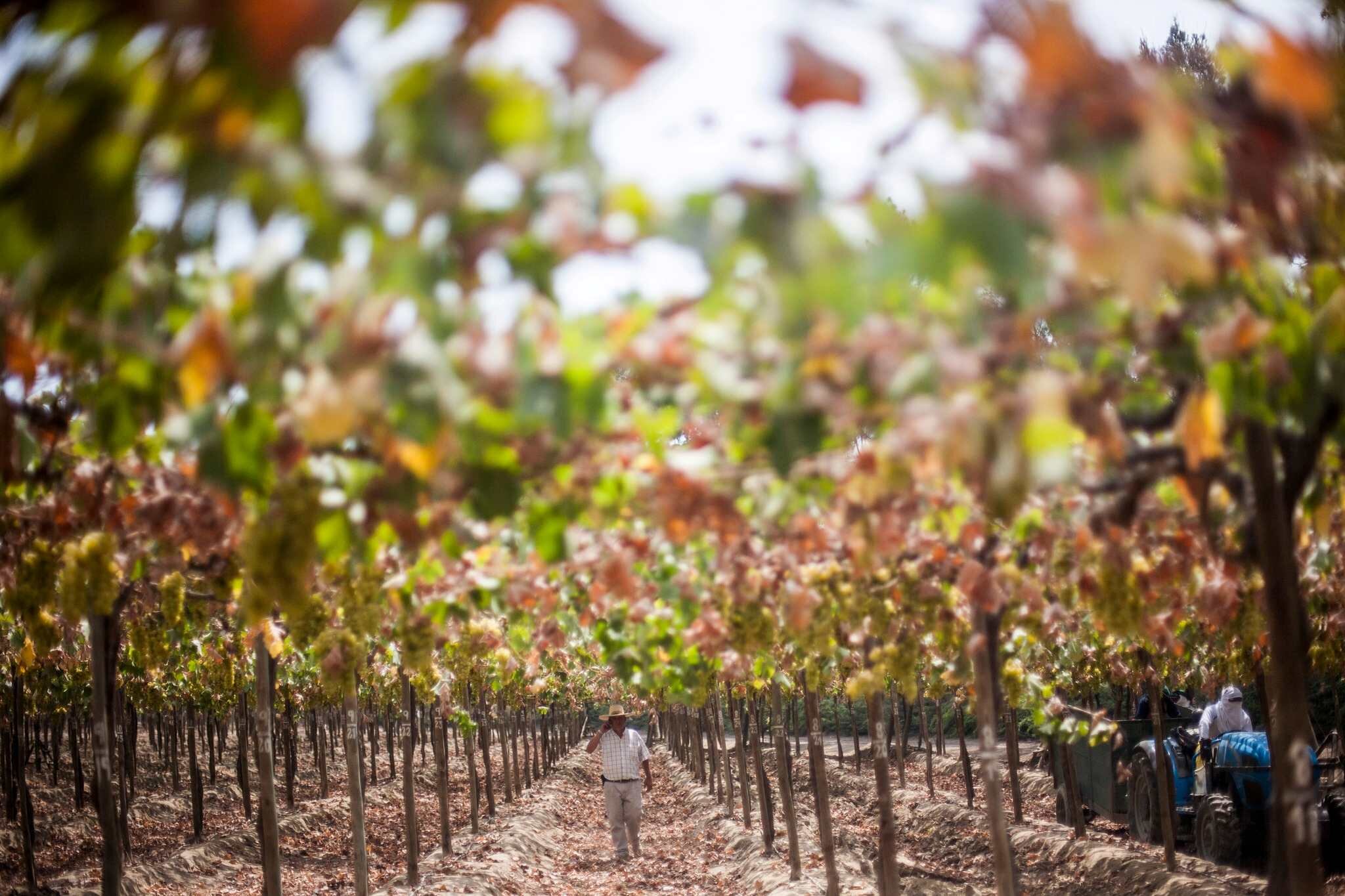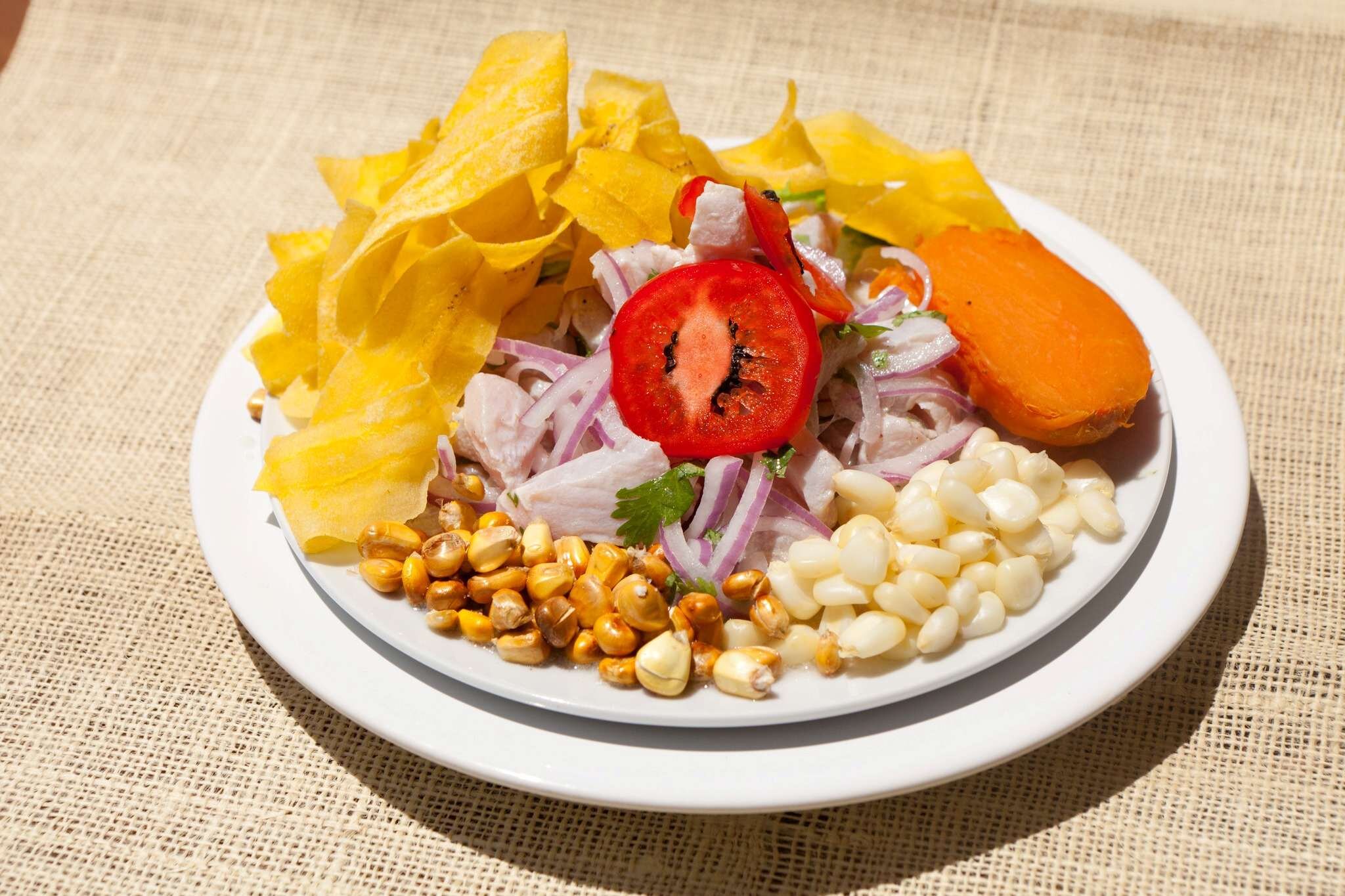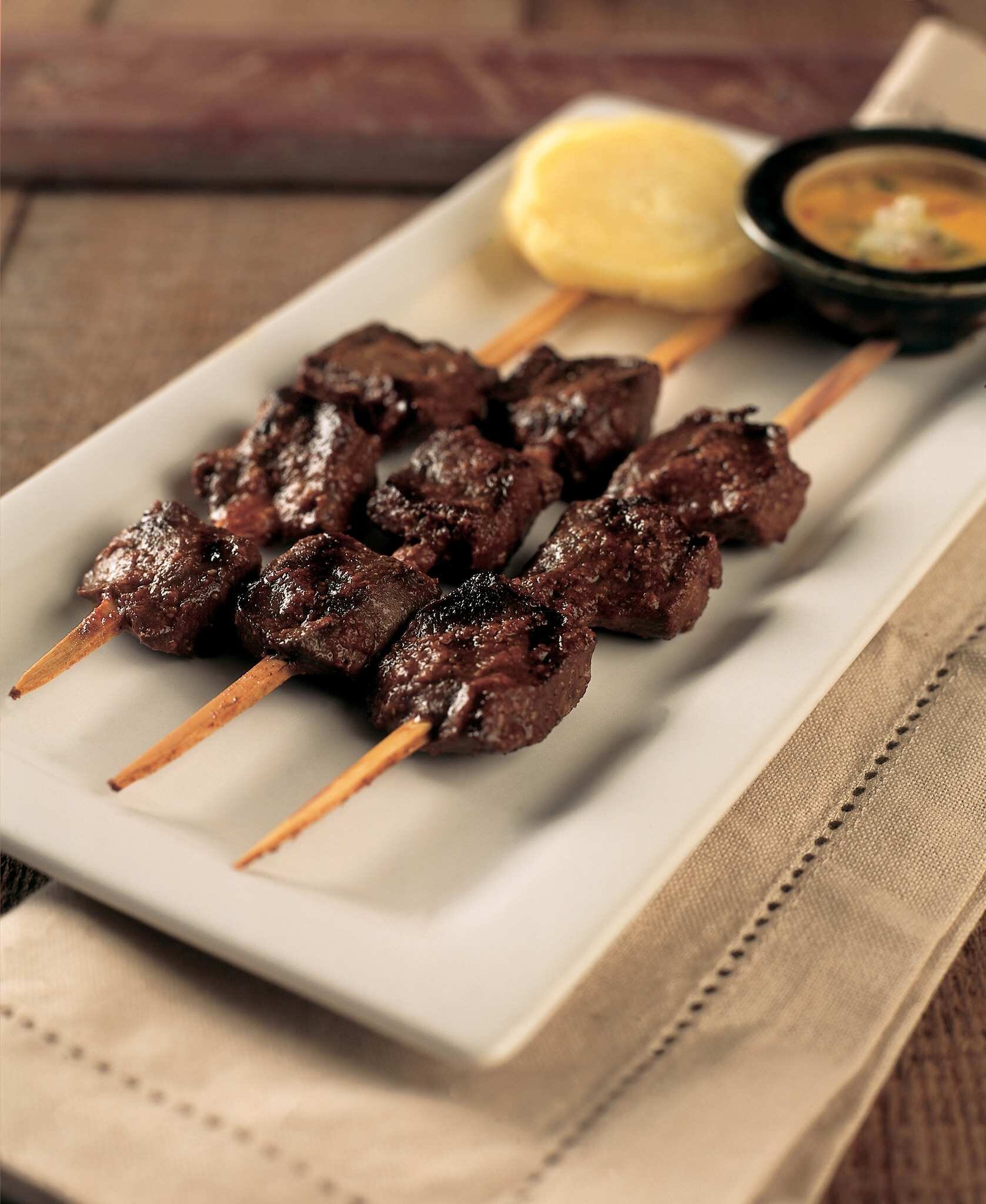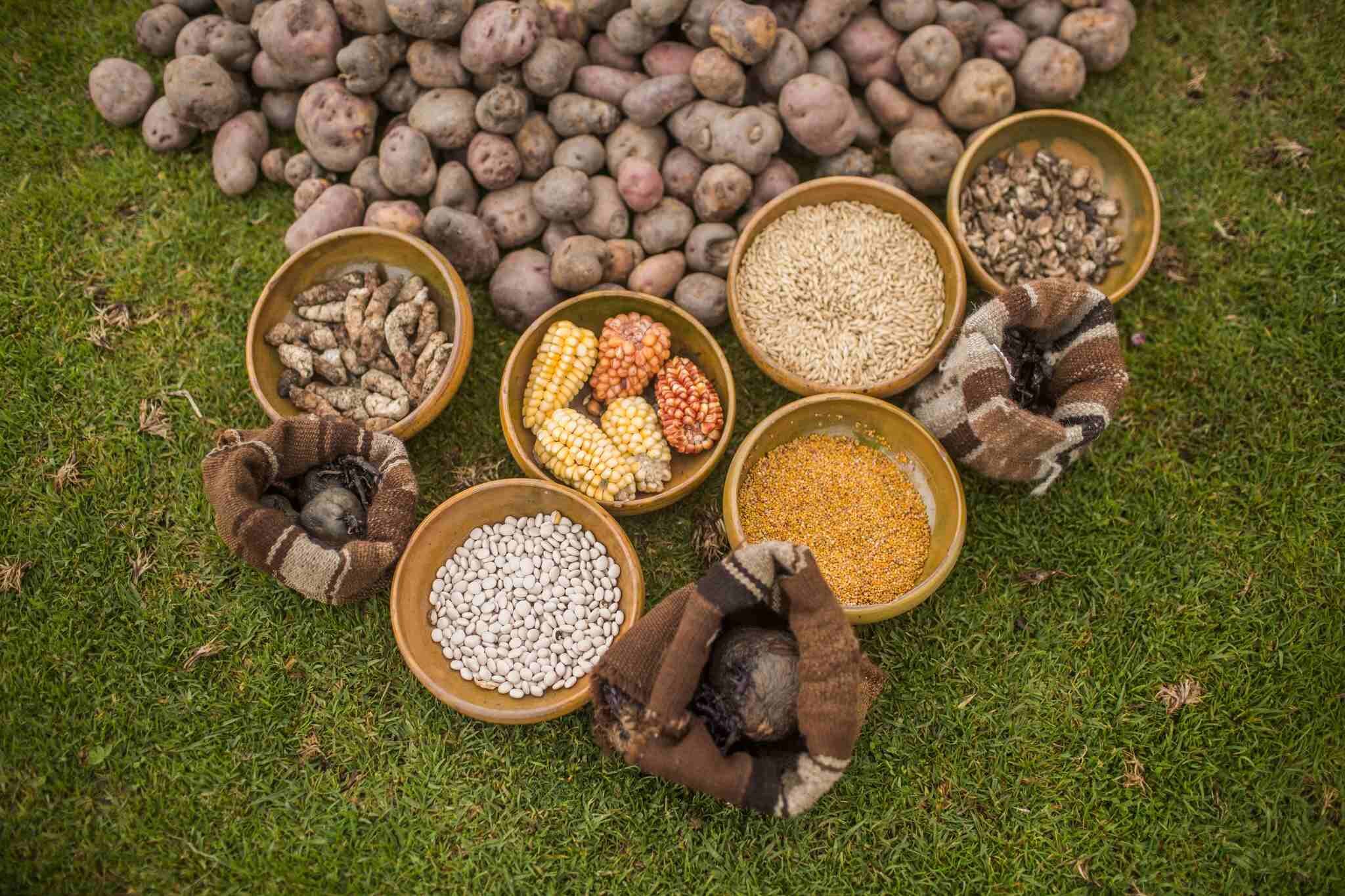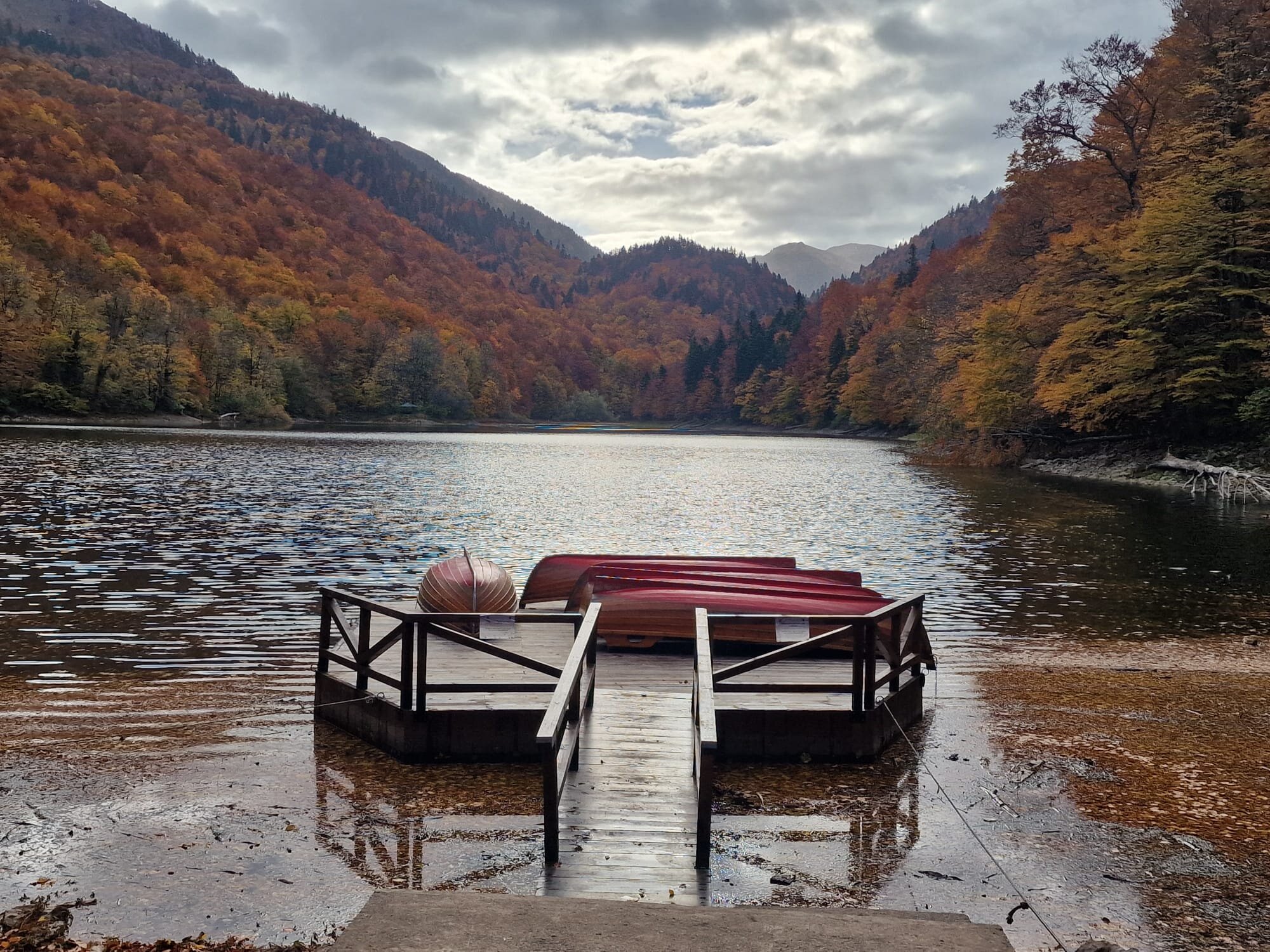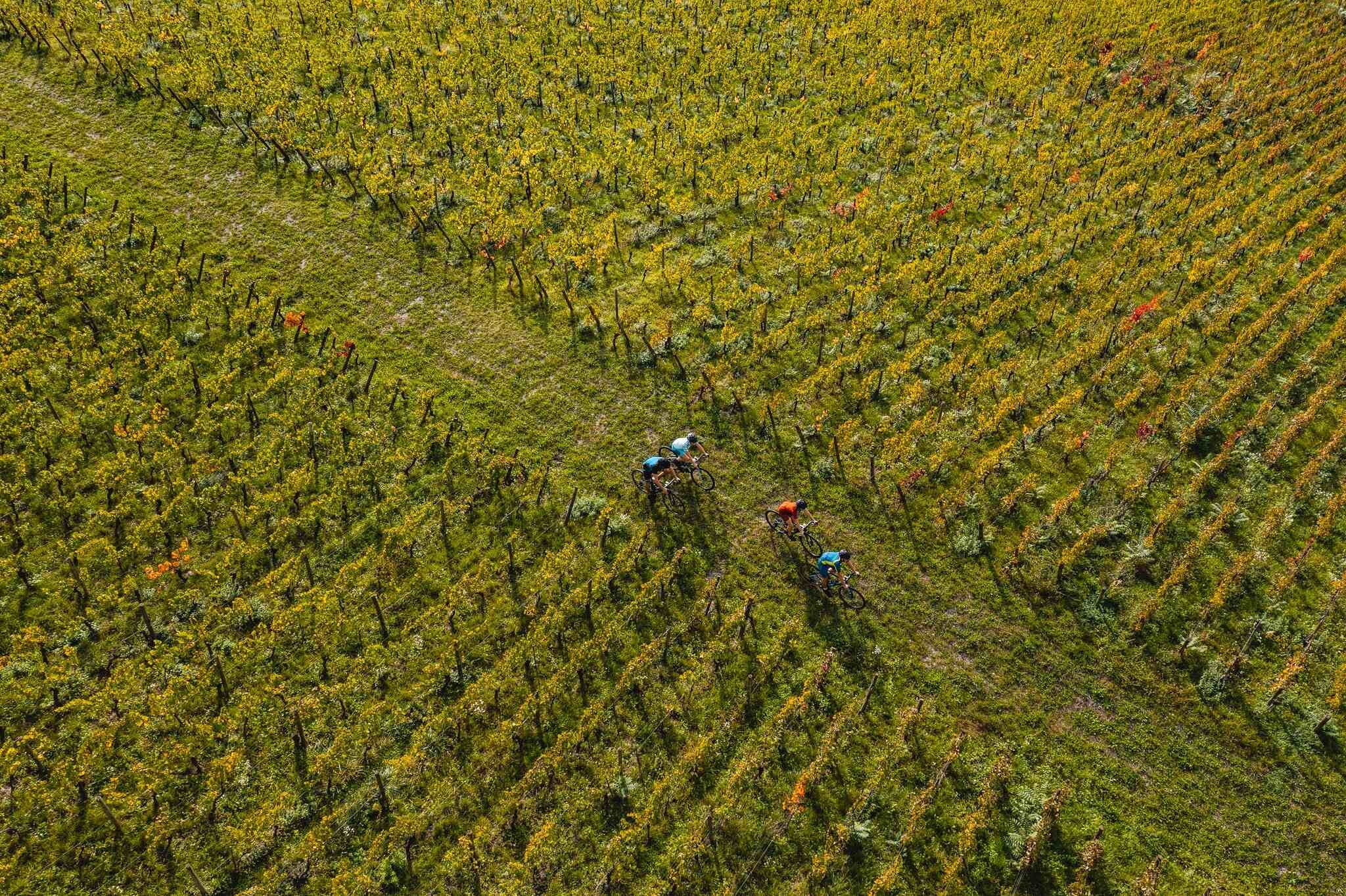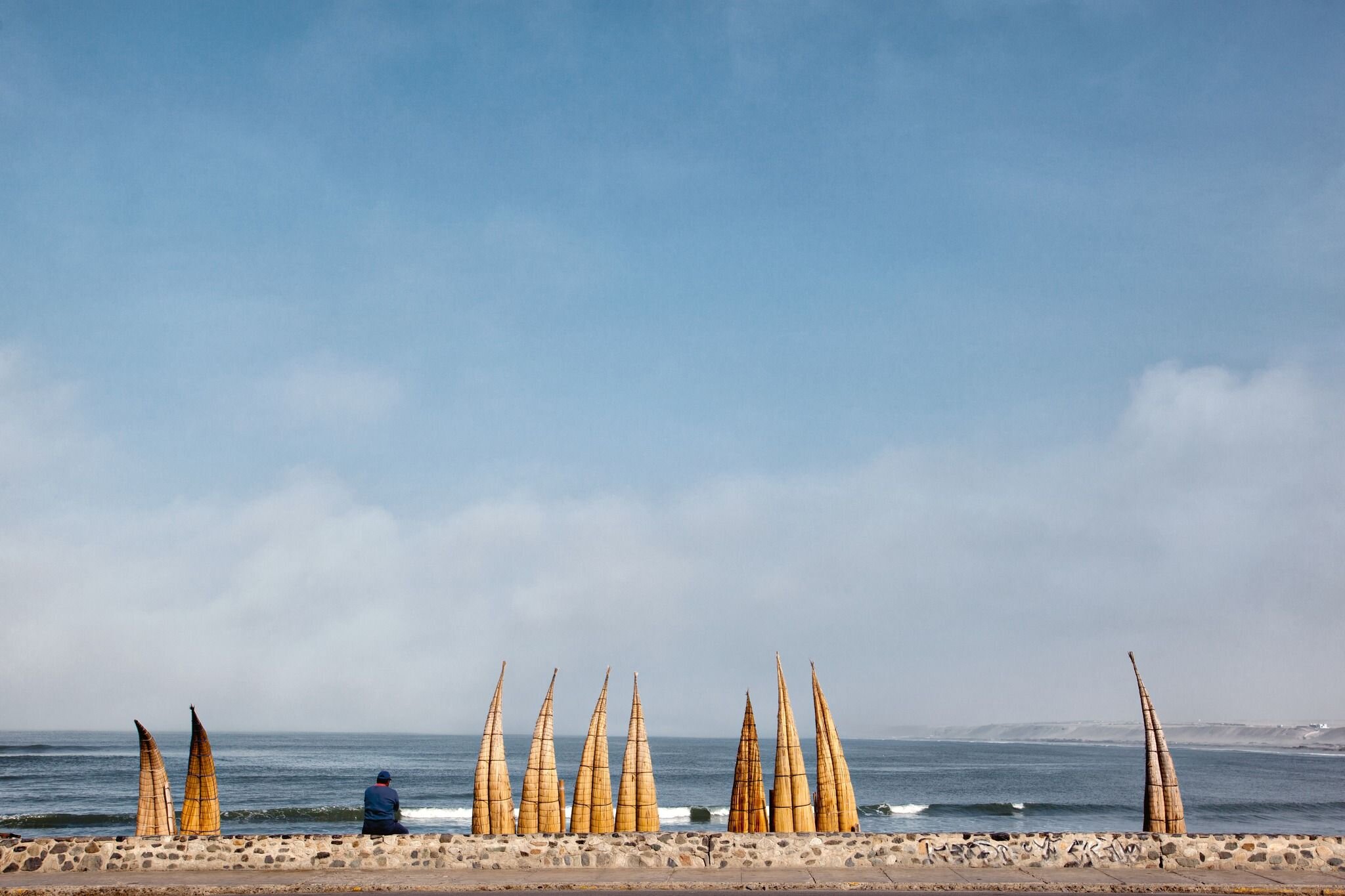
La cucina peruviana è un universo di sapori, storie e tradizioni che meritano di essere esplorati, e non a caso è considerata tra le più celebrate a livello globale. Dalle antiche ricette preispaniche fino alle moderne contaminazioni, ogni piatto peruviano racconta un pezzo di storia del Paese, unendo la ricchissima biodiversità del territorio con le influenze delle diverse culture che lo hanno attraversato.
Per immergersi in questa esplosione di gusto, non c'è modo migliore che seguire il calendario gastronomico del Perù, un itinerario che celebra mese dopo mese alcuni dei prodotti e dei piatti più iconici. Preparatevi a un viaggio sensoriale che vi porterà dritto al cuore pulsante della sua identità culinaria.
Agosto: Il Caffè, Tesoro delle Ande
Nelle regioni montuose e nella foresta amazzonica, il Perù produce uno dei suoi tesori più pregiati: il caffè. Coltivato in 17 diverse regioni, questo prodotto è frutto di un sapere antico e di un'agricoltura sostenibile che si concentra sull'Arabica, la varietà che rappresenta l'80% della produzione totale.
Il quarto venerdì di agosto, il Día Nacional del Café Peruano celebra il lavoro di milioni di agricoltori che rendono possibile questa eccellenza. Il caffè peruviano è noto per la sua qualità e la varietà di aromi. Alcune miscele raggiungono quotazioni da record, come il celebre Misha, a conferma di come il Paese sia un punto di riferimento nel mondo del caffè d'eccellenza.
Ottobre: L'Anticucho, Street Food con l'Anima
Quando si parla di street food peruviano, l'anticucho è una vera leggenda. Al terzo sabato di ottobre, le strade di Lima e di tutto il Paese si riempiono dell'irresistibile profumo di cuore di manzo marinato e cotto alla brace su spiedini.
Questo piatto non è solo una prelibatezza: è un simbolo di cultura popolare, nato dall'ingegno delle comunità afro-peruviane che nel passato hanno saputo trasformare le frattaglie in una vera squisitezza. Oggi, l'anticucho si gusta ovunque, dai food truck più semplici ai ristoranti d'autore, confermando come la sua storia, fatta di resilienza e creatività, sia un racconto autentico del Perù.
Maggio: La Patata, Regina delle Ande
Pochi sanno che la patata, umile e versatile, è nata proprio in Perù, dove la sua storia si intreccia con quella di civiltà millenarie. Qui si coltivano oltre 3.500 varietà, molte delle quali sconosciute al di fuori dei confini andini. Ogni 30 maggio si festeggia il Día Nacional de la Papa, un'occasione per onorare questo tubero con fiere, degustazioni e laboratori.
Dalla classica causa limeña alla gustosa papa a la huancaína, ogni ricetta esalta le diverse sfumature di questo ingrediente. Un esempio affascinante di ingegneria ancestrale è il chuño, un metodo di disidratazione che permette alle comunità quechua e aymara di conservare le patate sfruttando il freddo notturno e il sole diurno. Se siete in visita, una tappa imperdibile è il Parque de la Papa a Pisac, un vero e proprio santuario dove le varietà native vengono preservate e protette.
Giugno: Il Ceviche, Essenza di Freschezza
Simbolo indiscusso dell'identità peruviana, il ceviche è una sinfonia di freschezza, storia e semplicità. Pesce freschissimo marinato nel succo di lime, cipolla rossa, peperoncino e un pizzico di sale: un'armonia di sapori che affonda le radici in oltre 2.000 anni di storia, dalle popolazioni precolombiane che già marinavano il pesce in succhi aciduli.
Il 28 giugno, il Día Nacional del Ceviche celebra questo piatto che, pur essendo strettamente legato al mare, ha saputo reinventarsi. Nelle Ande si trova la versione con la trota, mentre in Amazzonia si usa il paiche, un gigantesco pesce d'acqua dolce. La sua importanza è stata riconosciuta a livello mondiale: nel 2023, l’UNESCO ha infatti inserito le pratiche legate alla sua preparazione nel Patrimonio Culturale Immateriale dell’Umanità.
Luglio: Il Pisco, Spirito Nazionale
Ogni 27 luglio, il Perù alza i calici per celebrare il Pisco, la sua acquavite d'uva che è molto più di un distillato. Prodotto in cinque regioni del Paese, il Pisco è il cuore di un'esperienza enogastronomica che si può vivere a 360 gradi lungo le "Rutas del Pisco" nella regione di Ica.
Ma il Pisco è solo l'inizio. Il primo sabato di febbraio si celebra l'iconico Pisco Sour, un cocktail vellutato che unisce Pisco, lime, sciroppo e albume d'uovo. Altro cocktail emblematico è il Chilcano, nato dall'incontro tra le tradizioni italiane e peruviane. Adattando il "gin con gin" dei migranti italiani, si è creata una bevanda rinfrescante a base di Pisco e ginger ale, un perfetto simbolo di integrazione e scambio culturale.
Assaporare il Perù è il primo passo per comprenderlo davvero: un calendario dove il gusto diventa guida e racconto di un Paese straordinario.
PROMPERÚ - La Commissione Peruviana per la Promozione delle Esportazioni e del Turismo l'organismo ufficiale specializzato in promozione del turismo, delle esportazioni e degli investimenti delle imprese, collegato al Ministero del Commercio Estero e del Turismo del Perù.
A Journey of Taste: The Peruvian Gastronomic Calendar
Peruvian cuisine is a universe of flavors, stories, and traditions that deserve to be explored, and it’s no coincidence that it's considered one of the most celebrated globally. From ancient pre-Hispanic recipes to modern fusions, every Peruvian dish tells a piece of the country's history, combining the territory's rich biodiversity with influences from the diverse cultures that have shaped it.
To immerse yourself in this explosion of taste, there's no better way than to follow Peru's gastronomic calendar, an itinerary that celebrates some of its most iconic products and dishes, month by month. Get ready for a sensory journey that will take you straight to the beating heart of its culinary identity.
August: Coffee, A Treasure from the Andes
In the mountainous regions and the Amazon rainforest, Peru produces one of its most prized treasures: coffee. Cultivated in 17 different regions, this product is the result of ancient knowledge and sustainable farming practices that focus on the Arabica variety, which accounts for 80% of total production.
On the fourth Friday of August, the Día Nacional del Café Peruano celebrates the work of millions of farmers who make this excellence possible. Peruvian coffee is known for its quality and wide range of aromas. Some blends, like the famous Misha, fetch record prices, confirming the country's status as a benchmark in the world of high-quality coffee.
October: Anticucho, Street Food with Soul
When it comes to Peruvian street food, anticucho is a true legend. On the third Saturday of October, the streets of Lima and the rest of the country fill with the irresistible aroma of marinated beef heart, grilled on skewers.
This dish is more than just a delicacy; it's a symbol of popular culture, born from the ingenuity of Afro-Peruvian communities who, in the past, knew how to transform offal into a true delicacy. Today, anticucho is enjoyed everywhere, from simple food trucks to high-end restaurants, confirming how its story of resilience and creativity is an authentic narrative of Peru.
May: The Potato, Queen of the Andes
Few people know that the potato, humble and versatile, was born in Peru, where its history is intertwined with that of millennia-old civilizations. Over 3,500 varieties are cultivated here, many of which are unknown outside the Andean borders. Every May 30th, the Día Nacional de la Papa is celebrated, a chance to honor this tuber with festivals, tastings, and workshops.
From the classic causa limeña to the flavorful papa a la huancaína, each recipe highlights the different nuances of this ingredient. A fascinating example of ancestral engineering is chuño, a dehydration method that allows Quechua and Aymara communities to preserve potatoes by using the cold of the night and the sun of the day. If you’re visiting, an unmissable stop is the Parque de la Papa in Pisac, a true sanctuary where native varieties are preserved and protected.
June: Ceviche, The Essence of Freshness
The undisputed symbol of Peruvian identity, ceviche is a symphony of freshness, history, and simplicity. Fresh fish marinated in lime juice, red onion, chili, and a pinch of salt: a harmony of flavors with roots dating back over 2,000 years, to pre-Columbian peoples who already marinated fish in acidic fruit juices.
On June 28th, the Día Nacional del Ceviche celebrates this dish which, while closely linked to the sea, has reinvented itself. In the Andes, you can find a version with trout, while in the Amazon, the main ingredient is paiche, a gigantic freshwater fish. Its global importance was recognized in 2023 when UNESCO inscribed the practices associated with its preparation in the Intangible Cultural Heritage of Humanity list.
July: Pisco, The National Spirit
Every July 27th, Peru raises a glass to celebrate Pisco, its grape brandy that is much more than a distilled spirit. Produced in five regions of the country, Pisco is at the heart of a full gastronomic experience you can enjoy along the "Rutas del Pisco" in the Ica region.
But Pisco is just the beginning. On the first Saturday of February, the iconic Pisco Sour is celebrated, a velvety cocktail that combines Pisco, lime juice, syrup, and egg white. Another emblematic cocktail is the Chilcano, born from the meeting of Italian and Peruvian traditions. By adapting the "gin con gin" popular among Italian immigrants, a refreshing drink was created with Pisco and ginger ale—a perfect symbol of cultural integration and exchange.
Savoring Peru is the first step to truly understanding it: a calendar where taste becomes a guide and a story of an extraordinary country.
Info:
peru@globaltourist.it
Ph credits
Karina Mendoza/Promoperù
Alex Bryce/Promoperù
Daniel Silva/Promoperù
Gihan Tubbeh/Promoperù
Leslie Searles/Promoperù
Manchamanteles/Promoperù
